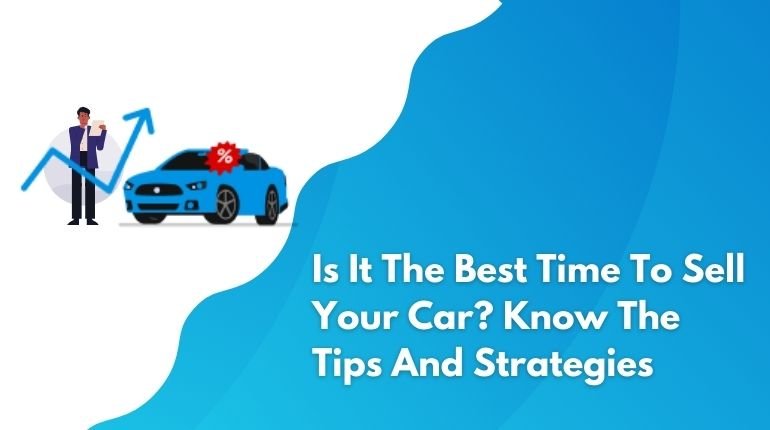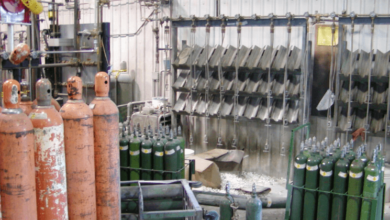Navigating Timing: Choosing the Optimal Age to Sell Your Car

Selling your car is not a decision to be taken lightly. It’s a process that involves emotional detachment from a vehicle that often represents a significant part of your life. Yet, when it’s time to part ways, the question of optimal timing can be quite crucial. Are there golden years in a car’s life span where selling becomes more profitable? How do you calculate the perfect balance between wear and value depreciation?
In this comprehensive exploration, we will guide you through the intricate task of choosing the ideal age to sell your vehicle. From understanding the market trends to assessing your car’s individual attributes, we’ll equip you with the knowledge you need to make a sell that’s not just timely, but also lucrative.
The Depreciation Dilemma
A car is a unique investment in that it depreciates rapidly. The moment you drive it off the lot, its value can drop by 20% or more on the very first day. This steep decline gradually levels off, but it never really stops, until your vehicle is worth only a fraction of its original price.
Understanding this depreciation curve is crucial when timing your sale. Opting to sell before your vehicle takes a significant depreciation hit could mean you get more for it, but selling too early could also forfeit the remaining utility of the car. The sweet spot that balances these factors is what we aim to discover.
Market Watch: Reading the Signals
Before you put up that ‘For Sale’ sign, keeping an eye on market trends is vital. Certain events, like the release of a new model or changes in fuel prices, can affect demand for different types of vehicles.
Online marketplaces and used car indices are great resources to assess what similar vehicles are selling for. Compare the current value of your car to what you initially paid for it and the average depreciation rate for its make and model. This data alone can provide insightful signals as to whether it’s time to sell or wait.
Mileage Matters, but so Does Maintenance
Mileage is often the go-to metric when predicting a car’s worth, and while high mileage does negatively impact value, it’s not the only factor at play. A well-maintained vehicle can retain significant value even with substantial miles on the odometer.
Regular servicing records, cleanliness, and cosmetic condition all contribute to the perception of the car’s health and desirability. A comprehensive maintenance history is an excellent bargaining chip when negotiating a sale, and it can also buy you some time if some extra miles are needed before the sale.
Balancing Act: Supply, Demand, and Personal Needs
The supply and demand dynamics in your local market can heavily influence the sale price and timing of your car. If there are currently few similar models available, you might be able to sell for a premium. However, an oversupply will necessitate a more competitive pricing strategy and possibly a delay in selling until the market balances out.
On the flip side, your personal needs and the intended use of the sale proceeds weigh in on the timing decision. If you’re planning to sell in order to buy a newer model, you might need to time your sale with the availability of the new car. Alternatively, if you’re selling to raise funds for a definite purpose, the market conditions may dictate when you can achieve the desired price.
Seizing Seasonal Advantage
Seasonality plays a role as well. Convertibles sell best in the summer, while larger vehicles might fetch a better price in advance of the winter. If your car falls into one of these categories, aligning your sale with the peak demand season could mean a better deal for you.
The Art of Presentation
When you finally decide to list your car for sale, the way you present it to potential buyers can be just as important as the timing. High-quality photos, a detailed description that highlights the car’s best features, and full disclosure of any known issues will all contribute to the speed and price at which you sell.
In addition, consider making strategic, cost-effective repairs or upgrades. For example, investing in a professional detailing job can make your car look newer and better-maintained, which may translate to a higher selling price.
Conclusion: Timing is Critical, But Preparation is Key
Determining the best age to sell your car (sælg bil) is a complex decision that involves a mixture of market knowledge, personal circumstances, and of course, the condition of the vehicle. By staying informed about market trends, taking care of your car, and ensuring you prepare it for sale in the best possible way, you can maximize the return on your automotive investment.
Selling a car at the right time is like finding the perfect wave to ride – it’s about being in sync with the environment and having the skill to capitalize on that fleeting opportunity. With the insights and strategies shared in this guide, you’ll be better equipped to navigate the often unpredictable waves of the used car market. Whether you’re looking to part ways with your trusty sedan or your adventure-ready SUV, the value and satisfaction you gain from the sale will make the timing all the more worthwhile.







